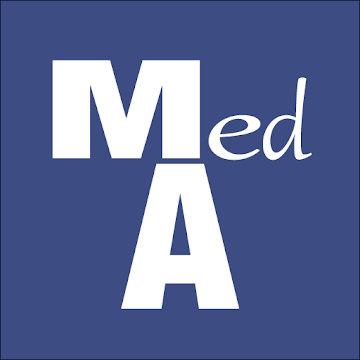Broad River’s July Rehab Reflections customer training provided an in depth regulatory and implementation overview related to healthcare literacy.
How would you define literacy?
More specifically, how does your organization define literacy specific to healthcare learning and understanding.
Let us begin with a reference sample from the U.S. Department of Health and Human Services (HHS).
HHS defines health literacy as “the degree to which individuals have the capacity to obtain, process, and understand basic health information needed to make appropriate health decisions”
Health literacy challenges may impact older adults more than other age groups. On average, adults age 65 and older have lower health literacy than adults under the age of 65. Low health literacy among older adults is associated with increased reports of poor physical functioning, pain, limitations of daily activities, and poor mental health status.
Methods to Improve Literacy include:
-
Improvements in health practice that address low health literacy are needed to reduce disparities in health status.
-
As limited health literacy is common and may be difficult to recognize, “experts recommend that practices assume all patients and caregivers may have difficulty comprehending health information and should communicate in ways that anyone can understand.”
-
Examples include:
Simplifying communication; confirming comprehension for all patients to minimize risk of miscommunication; making the health care system easier to navigate; and supporting patient’s efforts to improve their health.
Secondly, we should consider how healthcare literacy aligns with the CMS Quality Strategy which includes the following areas:
Better Care: Improve the overall quality of care by making health care more person-centered, reliable, accessible, and safe.
Smarter Spending: Reduce the cost of quality health care for individuals, families, employers, government, and communities.
Healthier People, Healthier Communities: Improve the health of Americans by supporting proven interventions to address behavioral, social, and environmental determinants of health, and deliver higher-quality care.
Additionally, as regulatory change associated with the triple change includes PDPM let us remember that healthcare literacy is imperative for providers and patients.
PDPM of course was designed to better ensure that resident care decisions appropriately reflect each resident’s actual care needs by removing service-based metrics from the SNF PPS and deriving payment from verifiable resident characteristics so that payments will also be better aligned with resident need.
Third, achieving a culture with enhanced healthcare literacy is often one whose focus on the importance of person-centered engagement.
A person-centered approach considers the individual as multifaceted, not merely as a “receiver” of services. This approach demands that providers and individuals share power and responsibility in goal setting, decision-making, and care management.
It also requires giving people access to understandable information and decision support tools to equip them and their families with the information to manage their health and wellness, navigate the full span of the health care delivery system, and make their own informed choices about care.
Finally, providers should consider how healthcare literacy directly aligns with regulatory requirements current and future.
Current regulatory considerations include the following:
Care Planning
SOM F655
§483.21(a) Baseline Care Plans
§483.21(a)(1) The facility must develop and implement a baseline care plan for each resident that includes the instructions needed to provide effective and person-centered care of the resident that meet professional standards of quality care. The baseline care plan must—
(i) Be developed within 48 hours of a resident’s admission. §483.21(a)(3) The facility must provide the resident and their representative with a summary of the baseline care plan that includes but is not limited to:
(i) The initial goals of the resident.
(ii) A summary of the resident’s medications and dietary instructions.
(iii) Any services and treatments to be administered by the facility and personnel acting on behalf of the facility.
(iv) Any updated information based on the details of the comprehensive care plan, as necessary.
Future regulatory change associated with the IMPACT Act requires CMS to develop, implement, and maintain standardized patient assessment data elements (SPADEs) for PAC settings.
The four PAC settings specified in the IMPACT Act are HHAs, IRFs, LTCHs, and SNFs. The goals of implementing cross-setting SPADEs are to facilitate care coordination and interoperability and to improve Medicare beneficiary outcomes.
The IMPACT Act further requires that these assessment instruments be modified to include core data elements on health assessment categories and that such data be standardized and interoperable.
Implementation of a core set of standardized assessment items across PAC settings has important implications for Medicare beneficiaries, families, providers, and policymakers.
SNF QRP/SPADES
CMS has identified data elements for cross-setting standardization of assessment for seven social determinants of health (SDOH).
The data elements are as follows:
-
Race
-
Ethnicity
-
Preferred Language
-
Interpreter Services
-
Health Literacy
-
Transportation
-
Social Isolation
The Data Element for the Assessment of SDOH: Health Literacy is prioritized by Healthy People 2020 as an SDOH.235 NASEM’s 2016 report on accounting for social risk factors in Medicare payment considers health literacy an individual risk factor affected by other social risk factors.
Want to learn more and understand how healthcare literacy can positively impact your organization?
Tune in here for Broad River’s Recorded Rehab Reflections training.
For more information on how you can partner with Broad River Rehab reach out to us!

